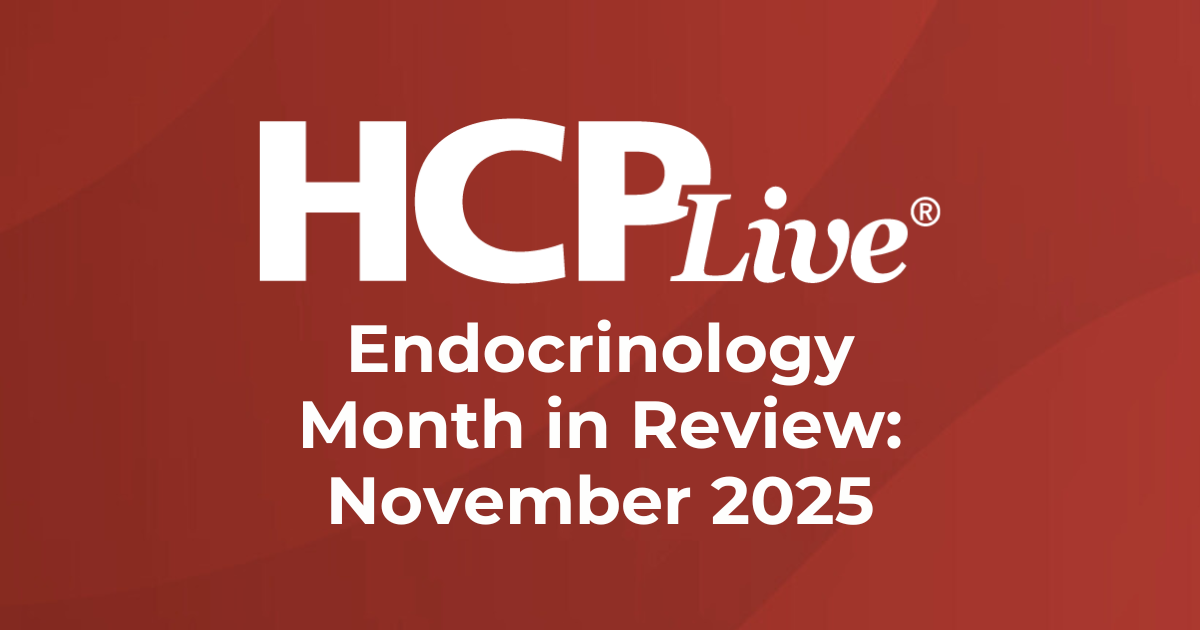While largely a quiet month for endocrinology, November 2025 was not without its important updates. There were no significant approvals from the
5 Endocrinology Headlines You Missed in November 2025


While largely a quiet month for endocrinology, November 2025 was not without its important updates. There were no significant approvals from the